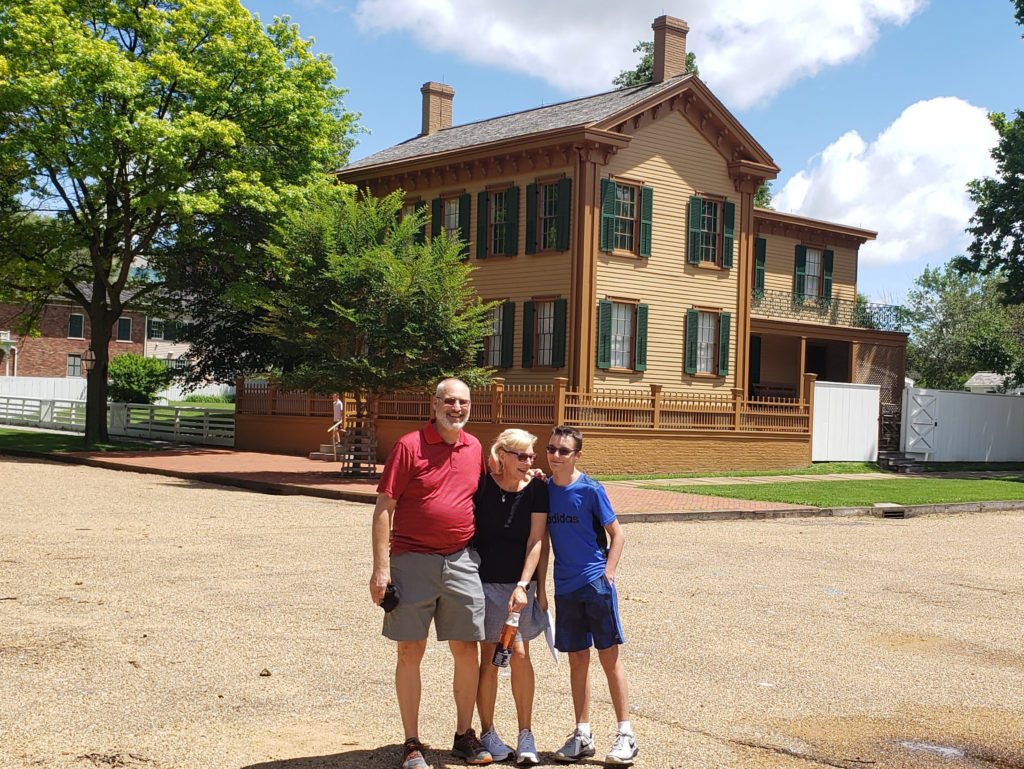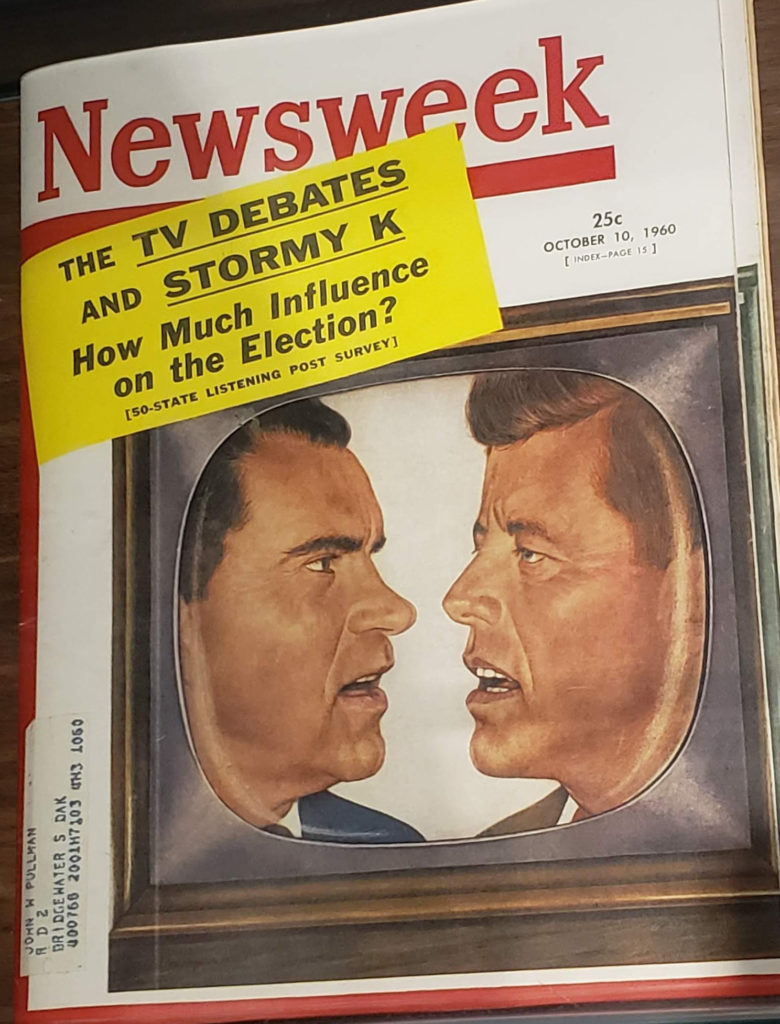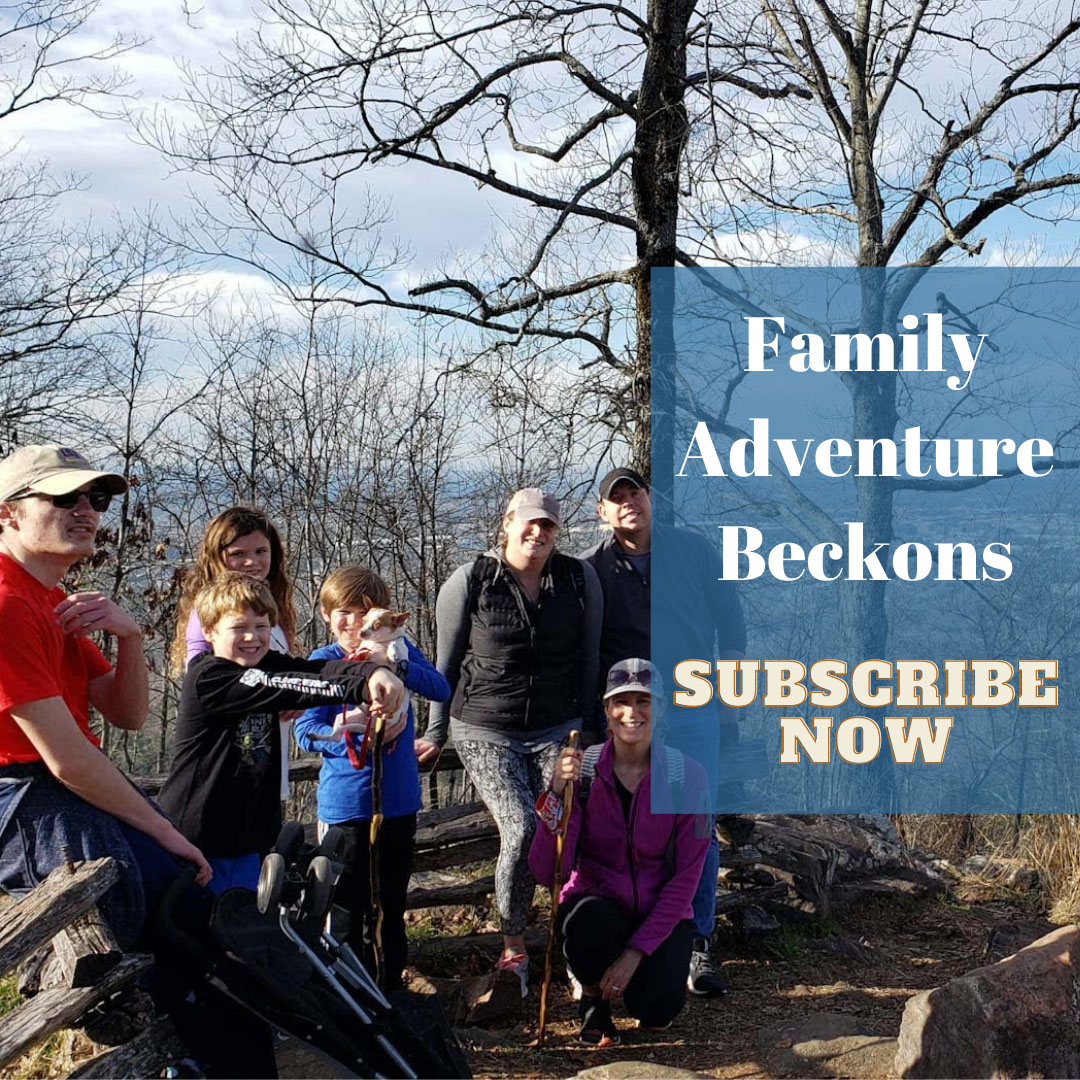This has become our summer of accidental Presidential discovery. What started as a rainy-day choice in Boston to visit the JFK Presidential Library and Museum unintentionally has morphed into some sort of historical executive office holder preoccupation determining vacation driving routes, touring activities, podcast choices and future travel.
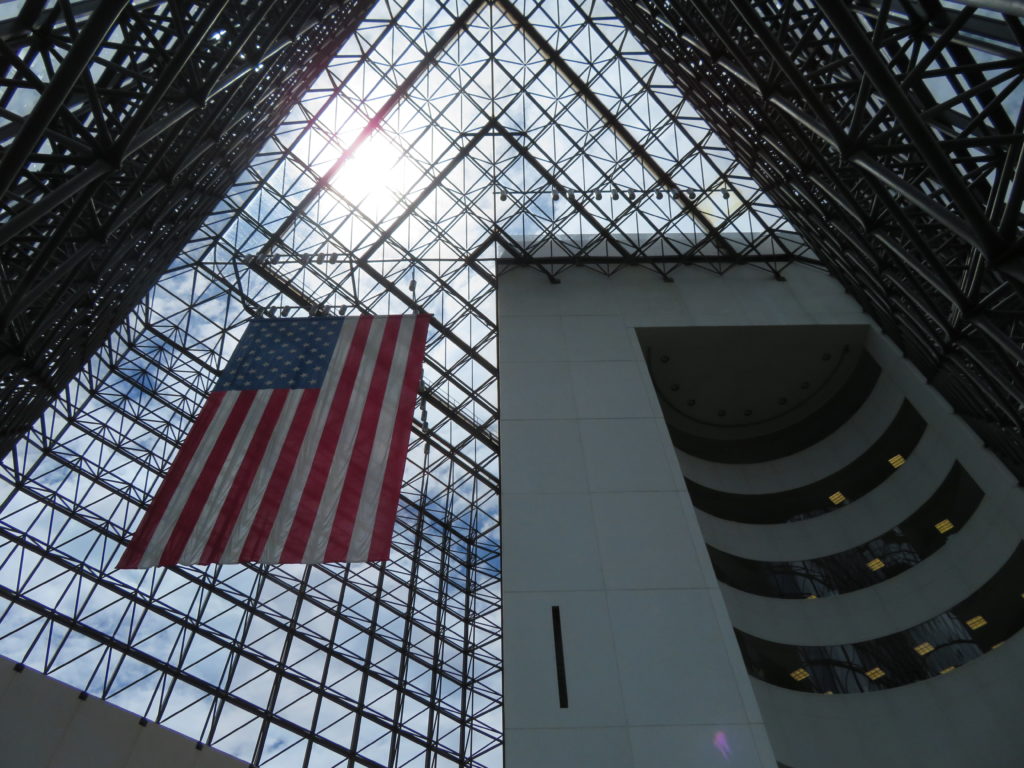
Our unplanned explorations have been fortuitous, educational and topical. Our visit to Springfield, MO, the adult hometown, political launching pad and burial place of Abraham Lincoln, just happened to be one of the few potential stops on an otherwise boring drive through the farmlands from St. Louis Chicago. While we originally planned a short tour of Lincoln’s Home at the Lincoln Home National Historic Site, we became immersed in the legend of Lincoln and invested many more hours in Springfield and at the Lincoln Museum and Library.
Similarly, as we considered potential overnight and tour stops on our long drive back from Chicago to Atlanta, we selected Nashville primarily because we could visit Andrew Jackson’s Hermitage. Growing up near New Orleans in in the 1950s-70s, Andrew Jackson was a fixture of my youth, from playing Johnny Horton’s version of “Battle of New Orleans” on guitar to amazement at the artistry and engineering of the Clark Mills statue of the famous general and his horse, balanced magically on its hind legs, in front of St. Louis Cathedral in Jackson Square.
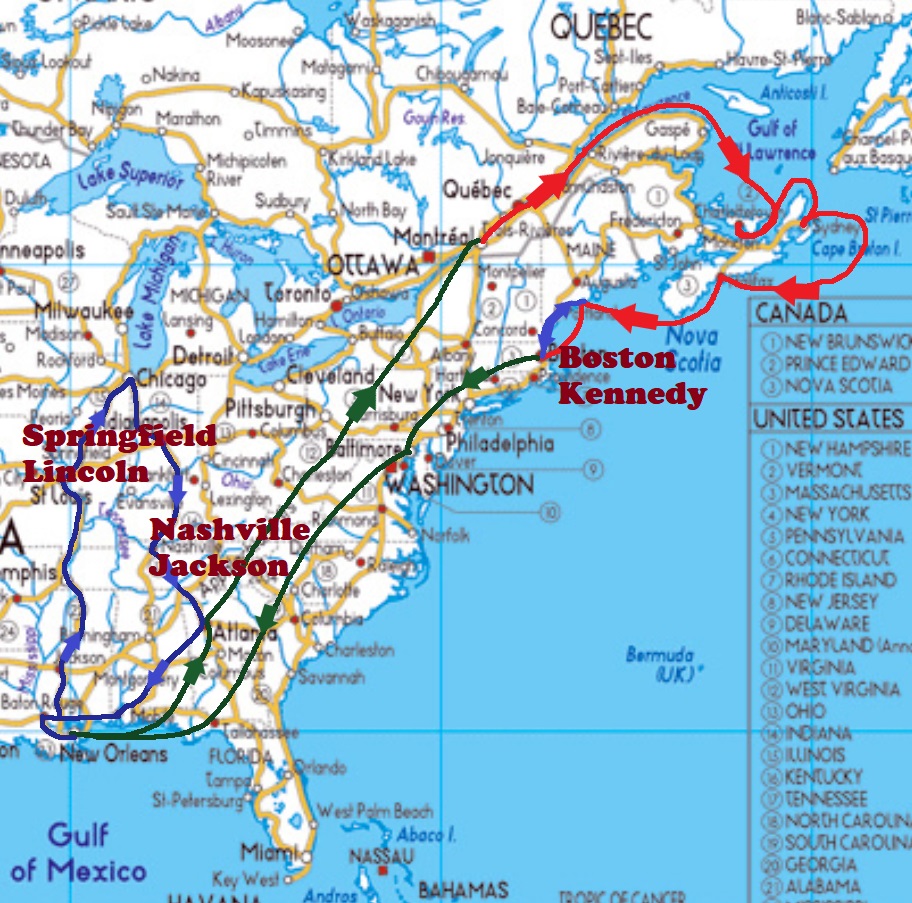
Along the way, with our playlist of “Stuff You Missed in History Class” exhausted, we stumbled on the podcast “Presidential,” recorded during the 2016 campaign and focused on an examination of the traits, characteristics and lessons learned from both successful leaders and lesser-known executive office holders. We’ve completed 18 episodes of the ~45-minute program during our 3,800+ mile traversing of the South and Midwest. For those not familiar, that means we’ve covered all presidents from founding fathers George Washington, John Adams, and Thomas Jefferson to war heroes likes Andrew Jackson and Zachary Taylor, through the nation’s greatest test under Abraham Lincoln and its painful recovery under Andrew Johnson and Ulysses S. Grant.
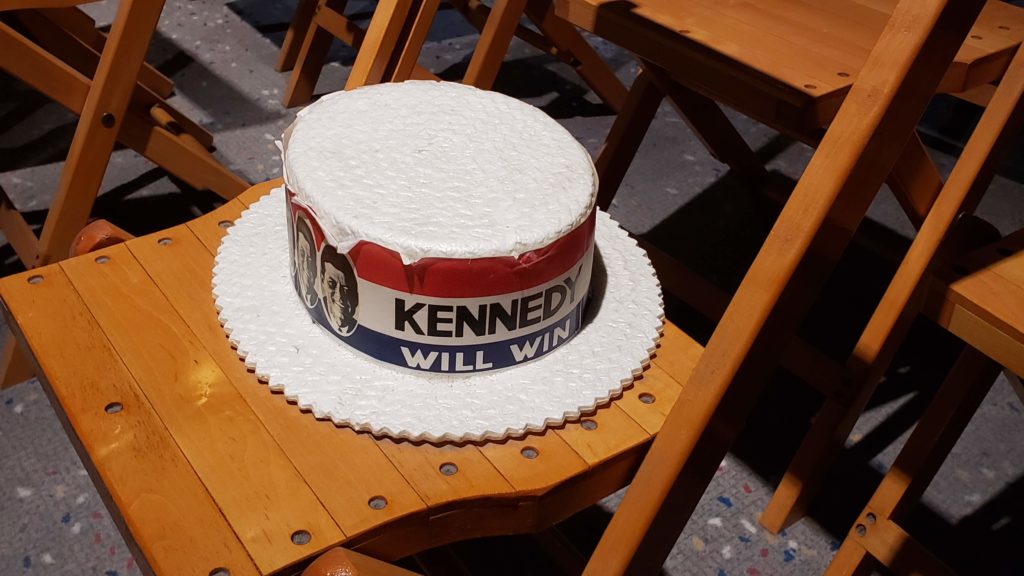
I can explain this from my own perspective. Long ago in my foolish youth, I selected political science as my first college major. Coming on the heels of Watergate and the Nixon drama, all things politics fascinated me. I even held out a dream of a career in politics – you know, the “good” kind where you are a faithful public servant helping people and reforming all that is broken. But even then, with starry eyed optimism and enthusiasm as a guide, my basic introversion led me away from that course of study and potential career choice into something with slightly more upside – newspaper journalism. I mean, media most often were the good guys, advocating for the people against powerful governments and corrupt leaders using only true facts and the power of the pen. Plus, newspapers, radio and television had reached equilibrium. Radio became home for talk shows and opinion. Television delivered fast visual news around the clock from a relatively new-and-growing global all-news network. And print media in the form of national magazines delivered deep, thoughtful analysis while regional newspapers offered both home-town information and the local perspective on national issues. Clearly, journalism was an honorable profession with lots of opportunity! What could go wrong?
Despite starry-eyed optimism, introversion guided me into a career with more upside — newspaper journalism. After Watergate, media were the good guys. What could go wrong?
Aside from the highlights of our actual visits – which I promise are upcoming! – what has fascinated me most about all this has been the agreement and participation of our 14-year old son and my wife, Glenda. I never would have expected them to become interested instigators and happy participants in this summer history tour. By her own proclamation, Glenda HATED history in high school, especially the rote memorization of names and dates often used as a crutch by history teachers who apparently resented their own career choices. And Eli’s interests are those of a typical 14-year old, which generally means nothing appeals more than motion on an electronic device screen. Yet, they are requesting the next podcast and suggesting future destinations like the nearby Jimmy Carter Library in Atlanta and the Little White House in Warm Springs, GA. Do I dare potentially incur their wrath by pointing out that we drove right past Grant’s Farm in St. Louis, originally a working property of US Grant before it became an animal refuge and tourist attraction operated by the beer-famous Busch family?
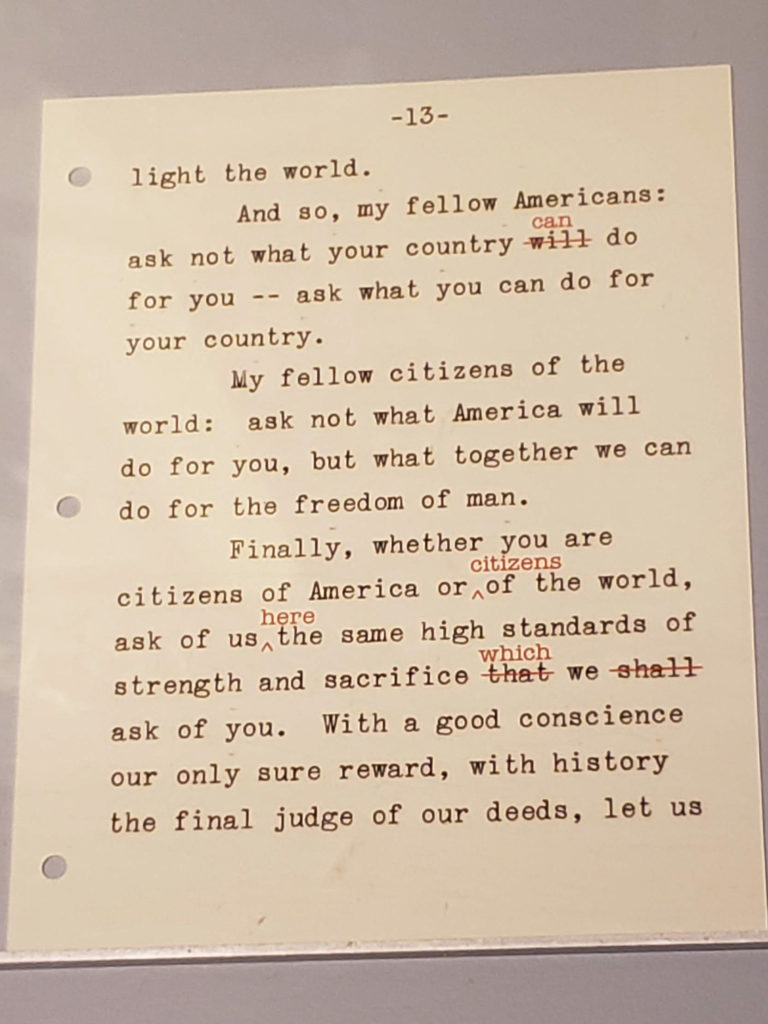
I’m convinced that our first visit to the JFK Presidential Library and Museum launched our journey just as JFK’s leadership and challenge aimed our early rockets into space and to the moon. Kennedy’s presidency, and even more so, his assassination and funeral, was seared into my childhood memory. Still, with many history-based tour sites, experience quality for all but the most serious scholars is influenced greatly by multimedia exhibits and tour guides. Our JFK docent guide was a Kennedy groupie, and I mean that in the positive sense of the term. She could hardly contain her storytelling, verbally self-editing so she didn’t run over her allotted time. She expertly supplemented and personally curated the exhibits, suggesting favorite artifacts and areas deserving more attention.
But it was Kennedy himself – his notes, his words and the video presentations of his speeches – that made this much more than a museum collection. Kennedy mastered popular culture and television as a new political medium, and those images plus his stirring words bring the museum to life.
Throughout the museum, Kennedy walks with you, speaking to you directly from video clips. The inspiring question, “Ask not what your country can do for you, ask what you can do for your country.” The soaring challenge, “We choose to go to the Moon in this decade and do the other things, not because they are easy, but because they are hard.” The casual joker, “I am the man who accompanied Jacqueline Kennedy to Paris.” The global leader and face of democracy, “Ich bin en Berliner.”
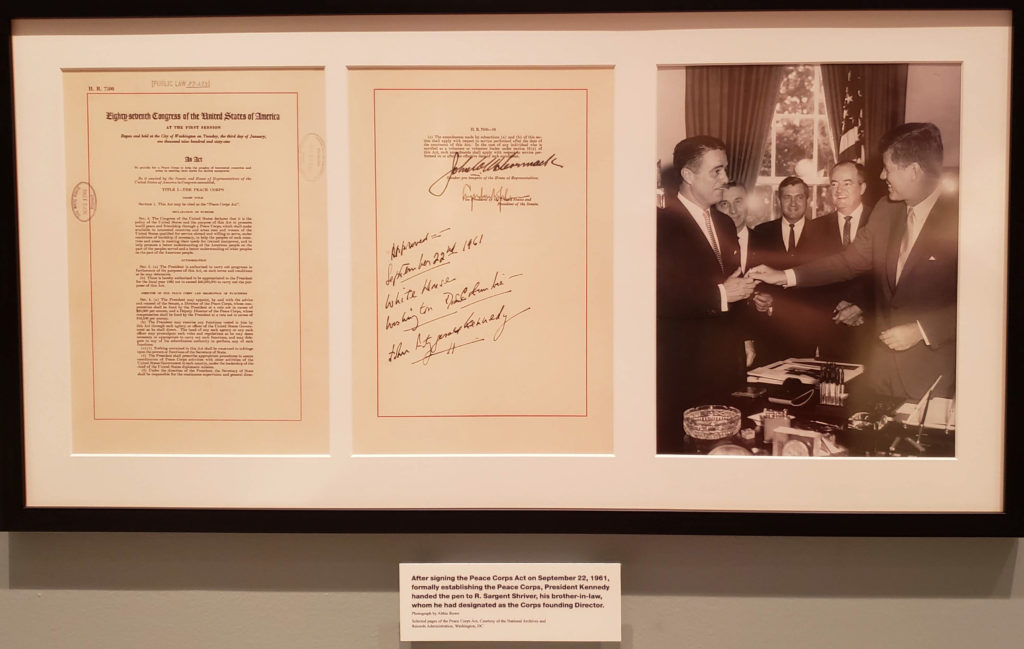
Leaving the JFK museum, Glenda declared she wanted to visit other Presidential sites. Surprisingly, she expressed most interest in the Nixon Library, wondering how it handled the entire Watergate episode. But since Yorba Linda, CA, wasn’t on our 11-state, 4,569 car-miles summer itinerary, I suggested we might stop at Andrew Jackson’s Hermitage near Nashville as we returned to Georgia. Then, later in the summer, we might visit the Carter Library in Atlanta after we became reacquainted with our own home.
Fast forward a week, and we’re departing the Gateway Arch and Arch Park in St. Louis, heading for Chicago. Facing the flat farmland on I-55, we realized our oldest daughter, Nicole, had made this drive many times. So we called and inquired. Knowing about our visit to the JFK museum and our plans to visit the Jackson and Carter sites, she said, “Well, duh, you could stop in Springfield – home of Abraham Lincoln!” Feeling somewhat geographically and historically stupid at that moment, I set Google Maps first to the Lincoln Home Historic Site, then the Lincoln Museum and Library.
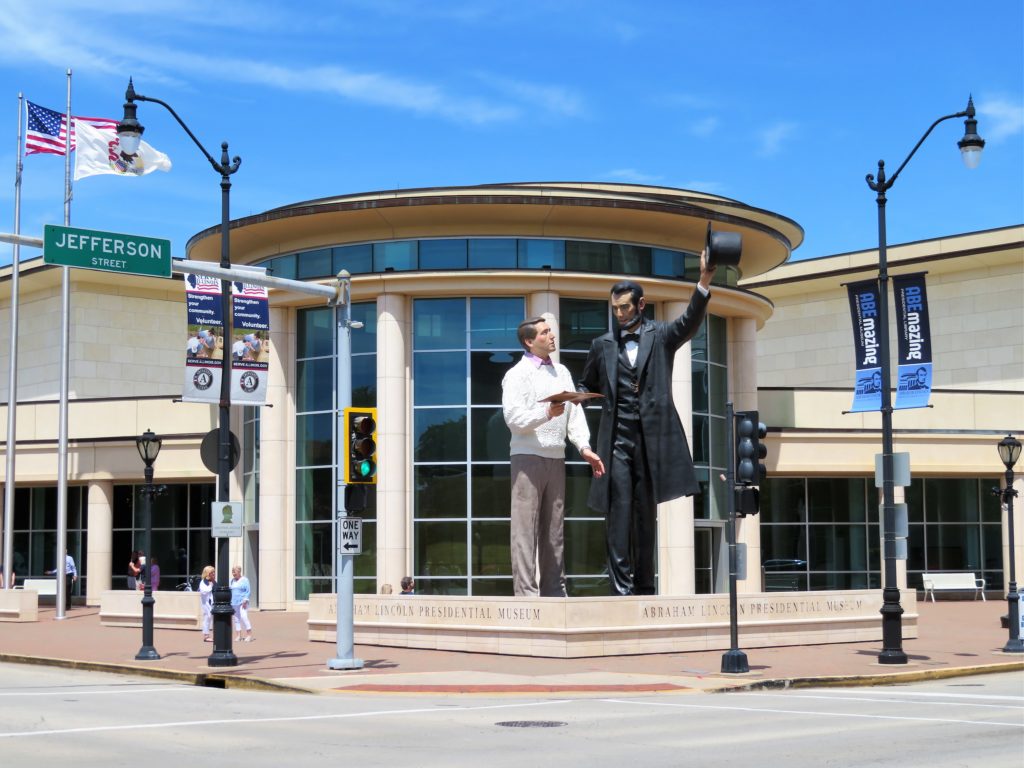
Whereas JFK accompanies you through the Boston museum, the sad, tired image of Honest Abe veritably haunts you at every turn in Springfield. He’s everywhere – in portraits, caricatures, Photoshopped-posters, souvenir centers, bronze statues, seriously played by actors and frivolously portrayed by impersonators. Oh, and let’s not forget – nor can you miss! – the 31-foot-tall Lincoln Returns statue on exhibit at the Lincoln Museum through September 2020. (Flashback: I saw this exhibit years ago in former Speaker of the House John Boehner’s home district, near the Old Courthouse in Troy, OH. I wondered to myself then, and again when seeing it in Springfield, “Why is there a statue of Abraham Lincoln talking to John Boehner?”)
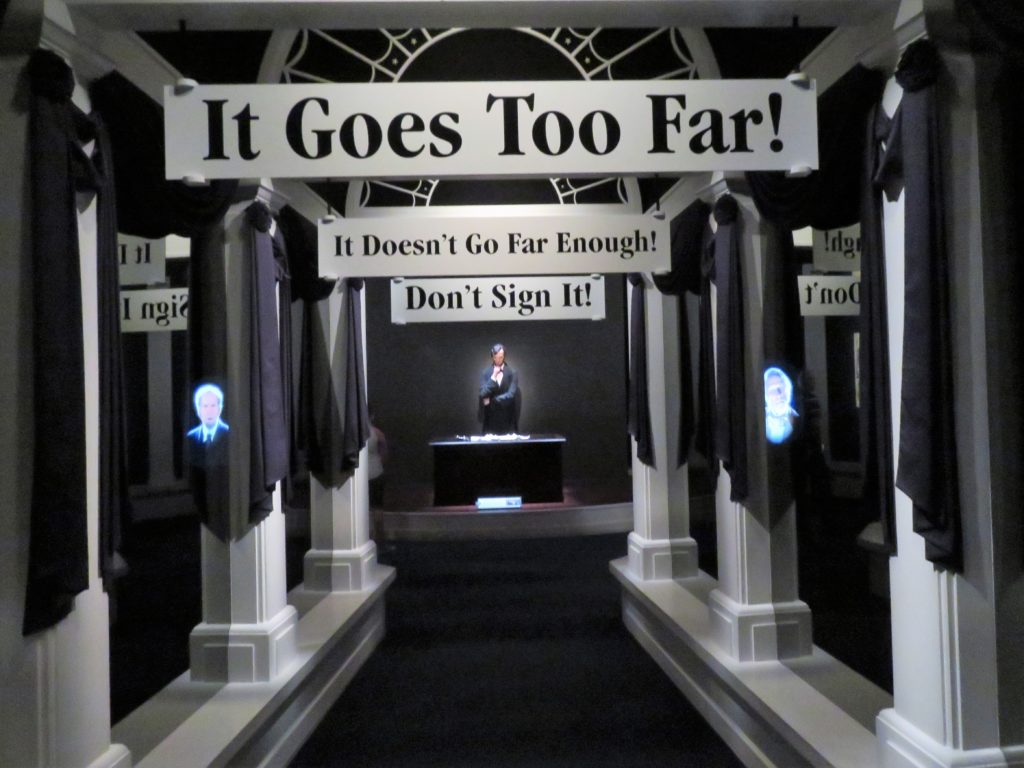
Walking through exhibits on Lincoln’s upbringing, his early life as a lawyer, his entry into politics then his time as president, Lincoln’s words evoke your mental imagery, together pulling you into a 19th century America that is splitting apart at its geopolitical boundaries. The divergent positions are presented stunningly. Lincoln’s careful consideration of the Emancipation Proclamation is represented in long hallway where Lincoln sits alone, the approach to him featuring competing banners overhead and ghost-like figures in the walls that shout literally and figuratively their positions.
Current times sneak into the museum, too. The late journalist and long-time host of Meet the Press, Tim Russert, helped develop an exhibit that presents and reports the 1860 campaign in a current-day advertising and reporting format.
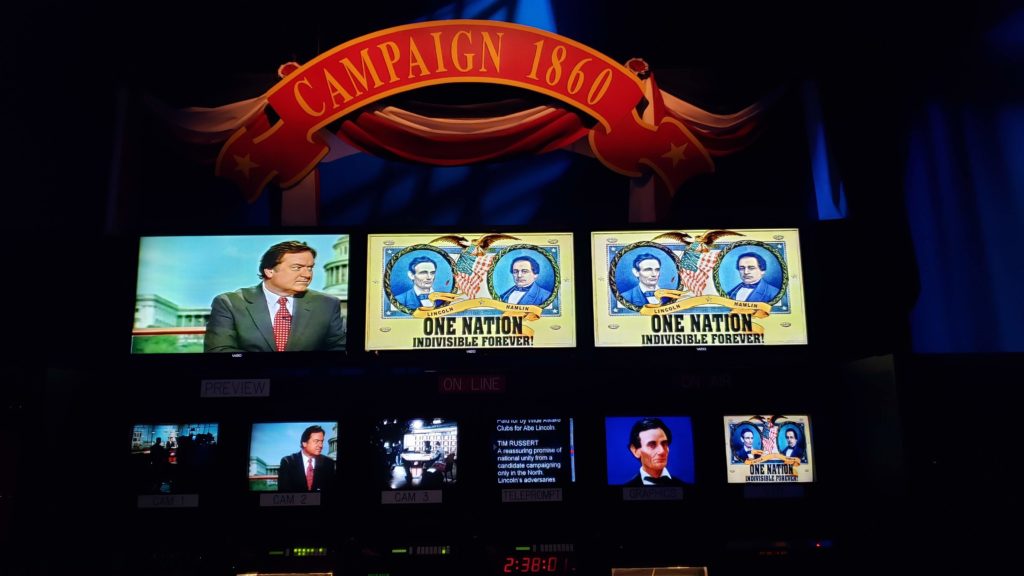
Leaving Lincoln behind and digesting many more episodes of Presidential while driving, we arrived six days later in Nashville for our visit to Andrew Jackson’s Hermitage. Here, the most historically accurate early presidential home is the backdrop for the Jackson story. Carefully protected by both sides during the Civil War, Jackson’s thrice-expanded mansion majestically towers above the rolling hills, fields and farmlands that once comprised a working plantation housing over 200 enslaved people. Trying to consider the complex and contradictory story of Jackson himself, I found myself often changing my mental perspective during the visit, attempting to best appreciate the history and emotion of The Hermitage home and grounds. What was it like for plantation owners, enslaved workers or traveling dignitaries to visit here?
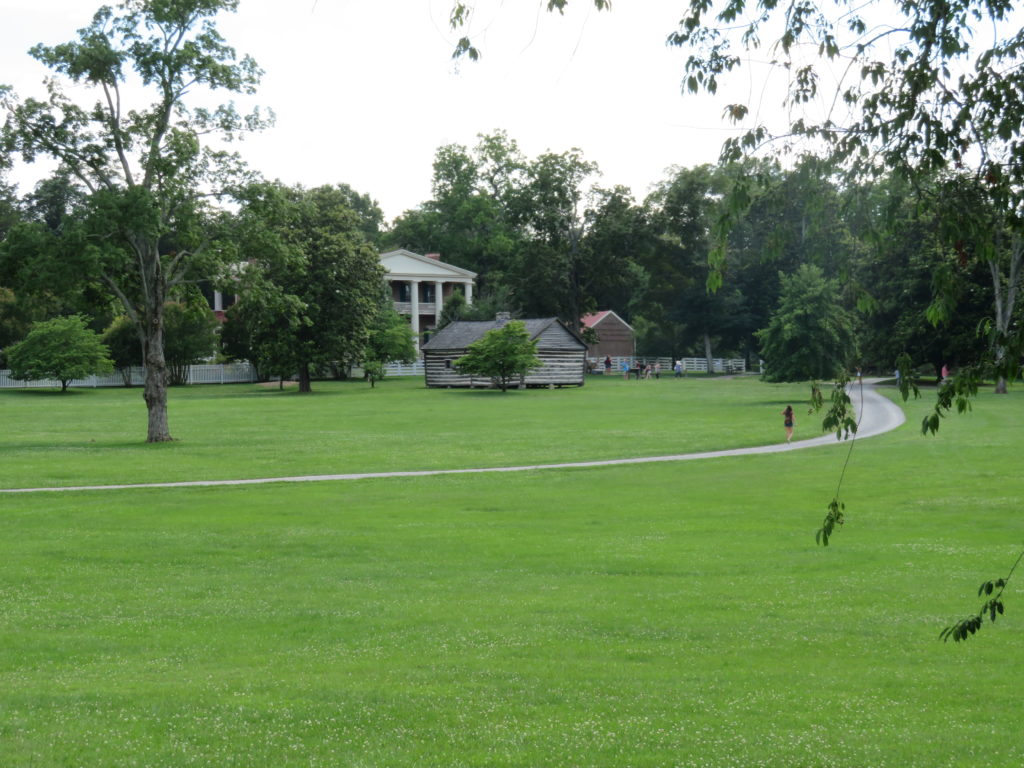
Confusion, reevaluation and changing perspectives are apparently common experiences for those who consider, study or portray Jackson. Even the primary movie at The Hermitage fell victim to this complexity: a new movie introduced in 2017 employs biographers Steve Inskeep and Jon Meacham to provide broader perspective rather than simply telling a chronological story.
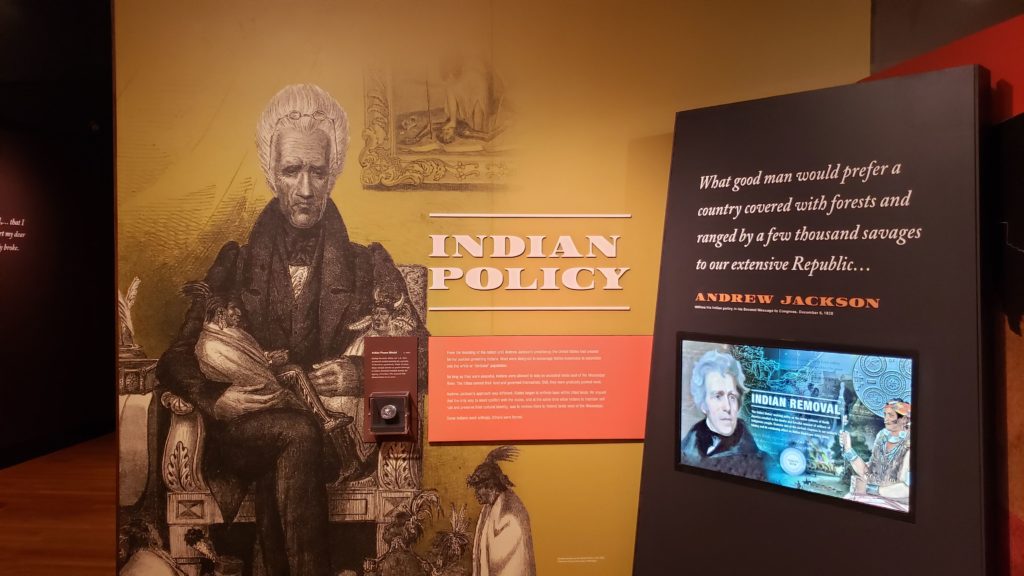
That brings me to the key learnings from our summer of accidental Presidential exploration. First, though the events and lives are in the past, how they are understood, presented and perceived continues to change over time. Each generation and each individual adopts a slightly different perspective. Sometime, the lenses of history sharpen the focus, but create more complexity than clarity as we interpret past events through today’s perspectives. That’s the case of Andrew Jackson. In other instances, understanding the depth of historical challenges elevates even more the legendary status of great leaders like Abraham Lincoln.
And second, never underestimate the power of a long summer driving vacation to learn new things about even those closest to you.
